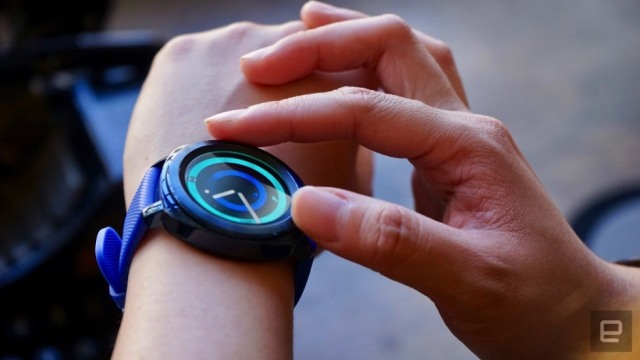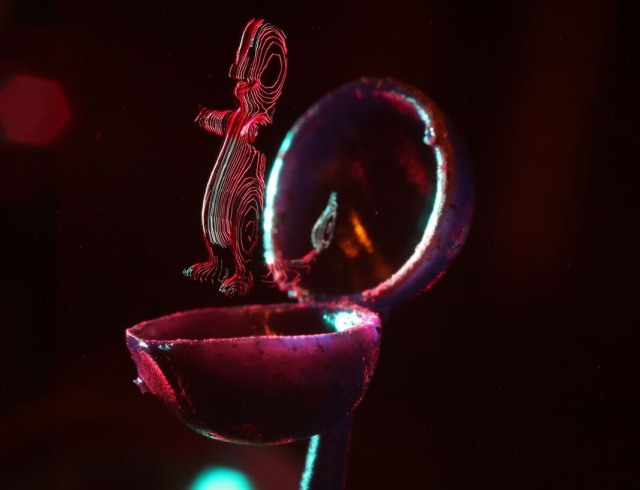
A promotional sale on Nutella was more successful than planned: Customers came to blows trying to get jars of the sweet spread after a grocery chain cut prices by 70 percent.
Eric Gaillard/Reuters
hide caption
toggle caption
Eric Gaillard/Reuters
A promotional sale on Nutella was more successful than planned: Customers came to blows trying to get jars of the sweet spread after a grocery chain cut prices by 70 percent.
Eric Gaillard/Reuters
Hundreds of French citizens lost their savoir faire on Thursday, driven to desperation by a grocery chain’s sudden 70 percent price drop for a jar of Nutella. Stories of “Nutella riots” began to spread; videos showed crowds of people shoving and yelling in supermarkets, trying to reach the jars.
One video showed a throng of people rushing to collect as many jars of Nutella as they could carry. The video was titled “Emeute” — a term for a mutiny or rebellion. In the footage, a woman is repeatedly heard saying that the situation “is not normal,” as people pushed their way to a stack of Nutella jars, leaving behind only crumpled cardboard cartons.
The sweet spread, a blend of chocolate and hazelnut, set off bitter feelings after Intermarché slashed the price for a jar of Nutella from 4.50 euros to 1.41 euros — from $5.60 to around $1.75.
The result of the sale, says the regional daily Le Progres in Loire: “riot scenes everywhere.”
In at least three cases, police were called after customers came to blows in the frenzy for Nutella, according to Le Parisien. The newspaper adds that Intermarché expressed surprise at the chaos, and regret over the effects on its customers.
“At 8:15, there was already a waiting line of 200 people in front of the store, an employee at one Intermarché location tells Franceinfo.
When the store opened, that employee said, customers ran to snag their Nutella: “After a few minutes, the director had to intervene. He distributed one pot per person, next to a security guard. The palette was empty after 10 minutes.”
Similar rationing was reported at other stores, and grocery employees relayed accounts of scratches and other wounds to Franceinfo. Describing customers running and fighting, a manager of a store in Metz said, “People were aggressive. They were trying to tear the pots out and menacing us.”
Radio France International cited the AFP in reporting an employee in the northeastern town of Forbach saying, “People just rushed in, shoving everyone, breaking things. It was like an orgy.”
The doorbuster-style frenzy underlined the extremes of France’s culinary world. In the same week that some people scrabbled for Nutella, more than 1,500 chefs gathered in Lyon for the funeral of Paul Bocuse, the brilliant and influential chef who died last Saturday at 91.
from NPR Topics: News http://ift.tt/2Buystz
via IFTTT










